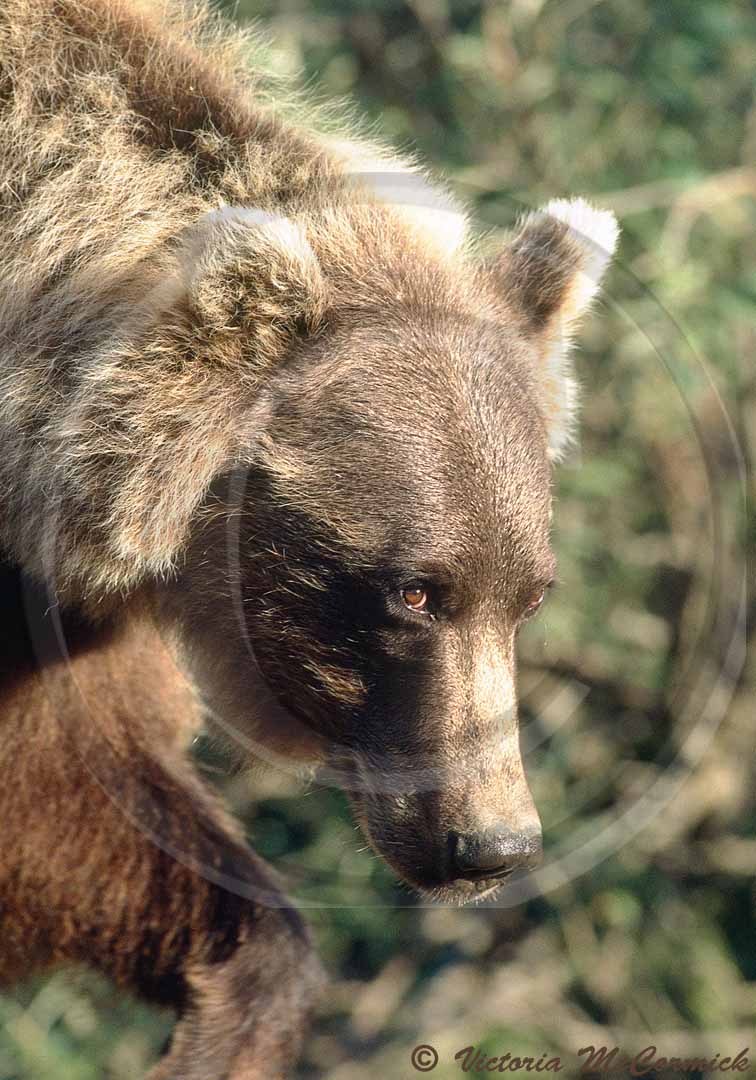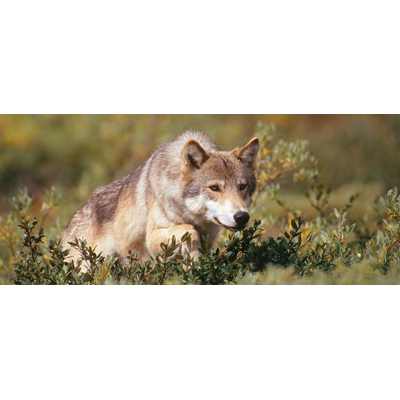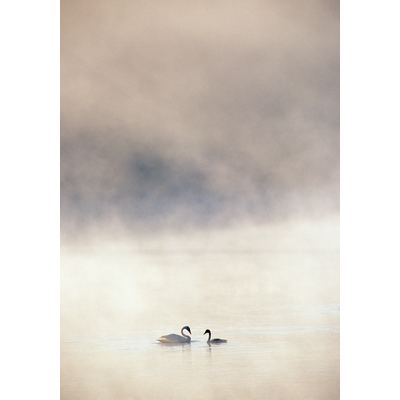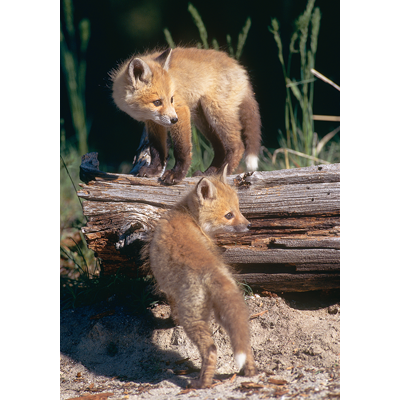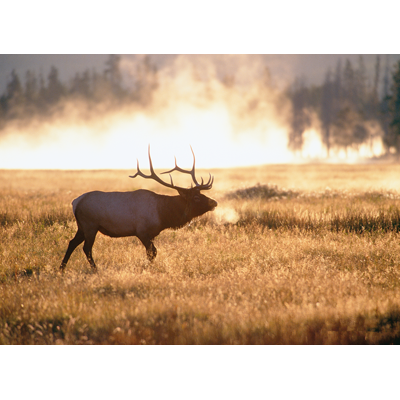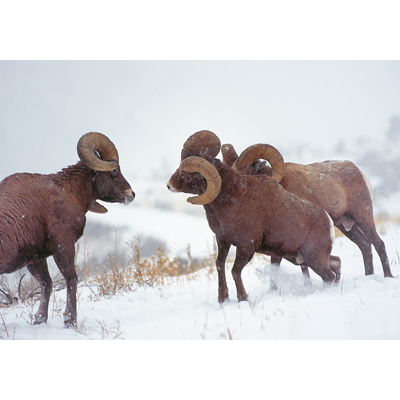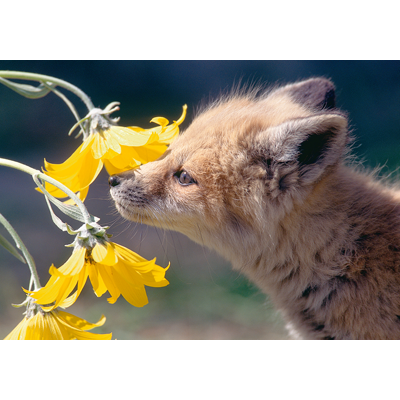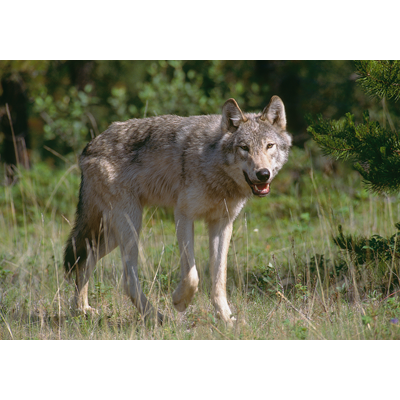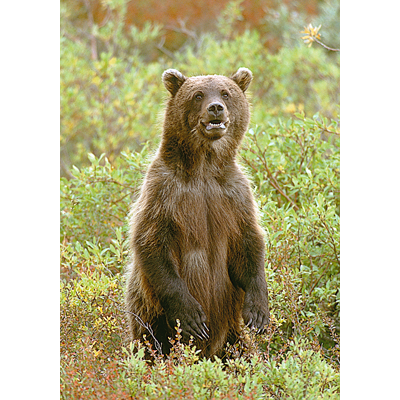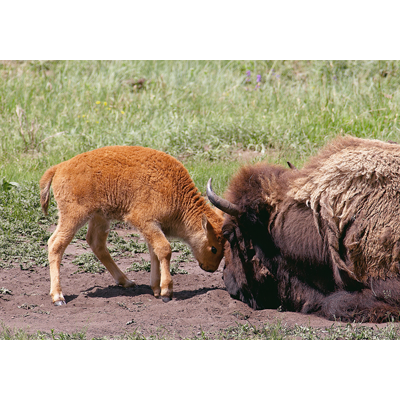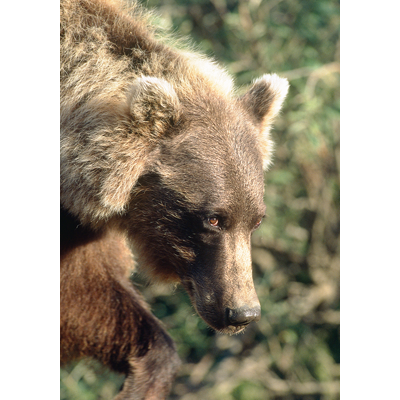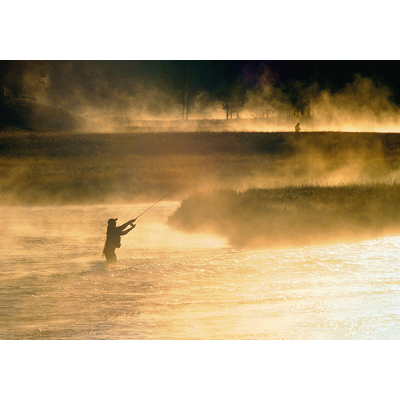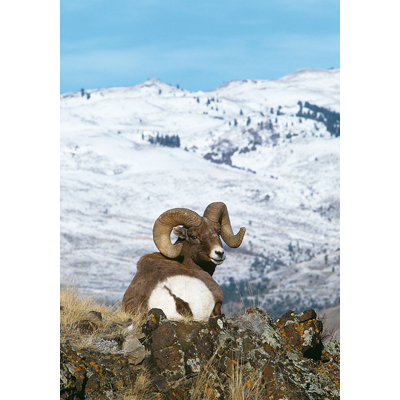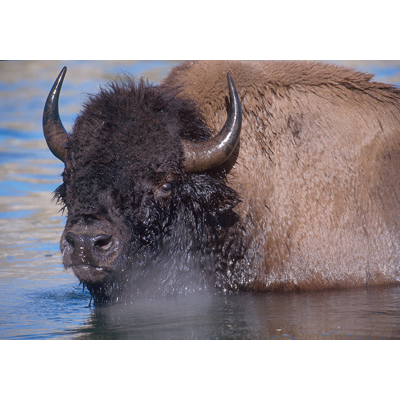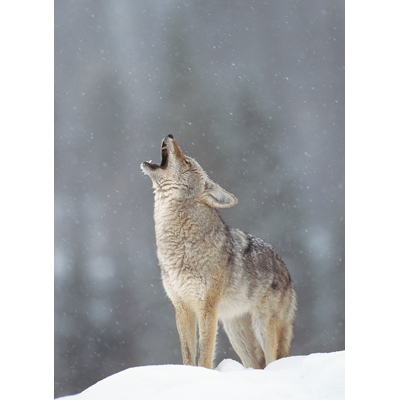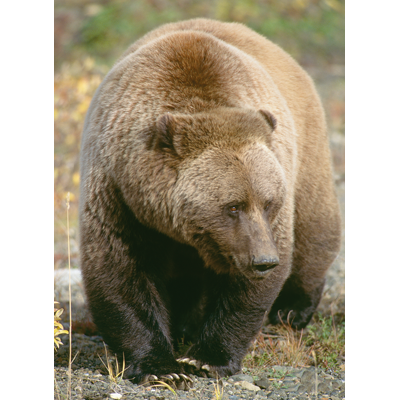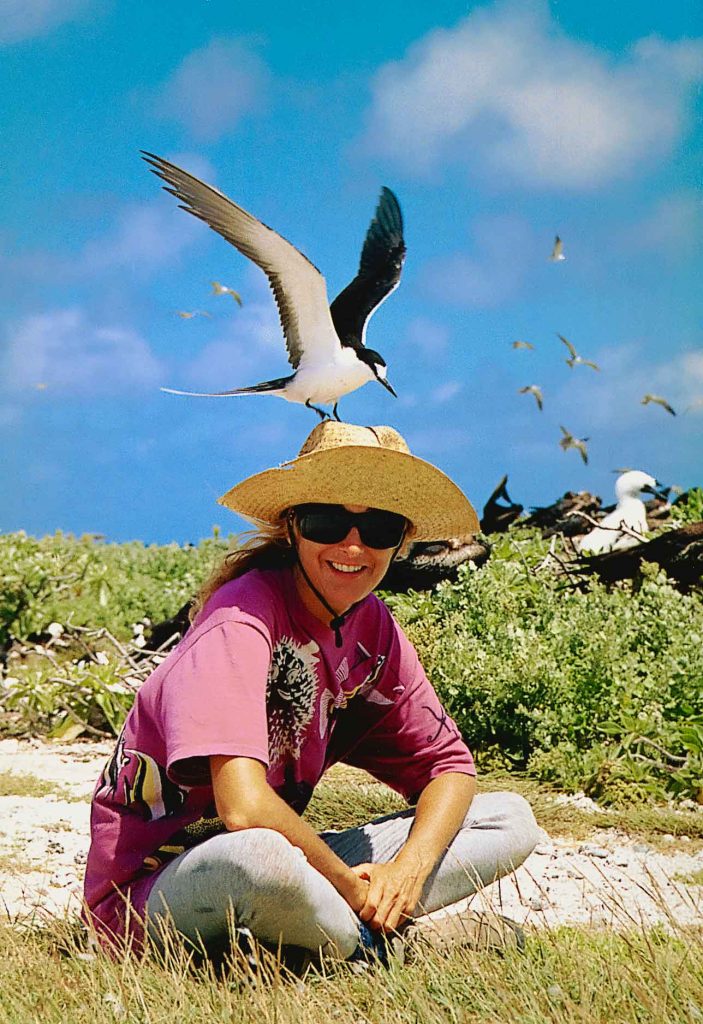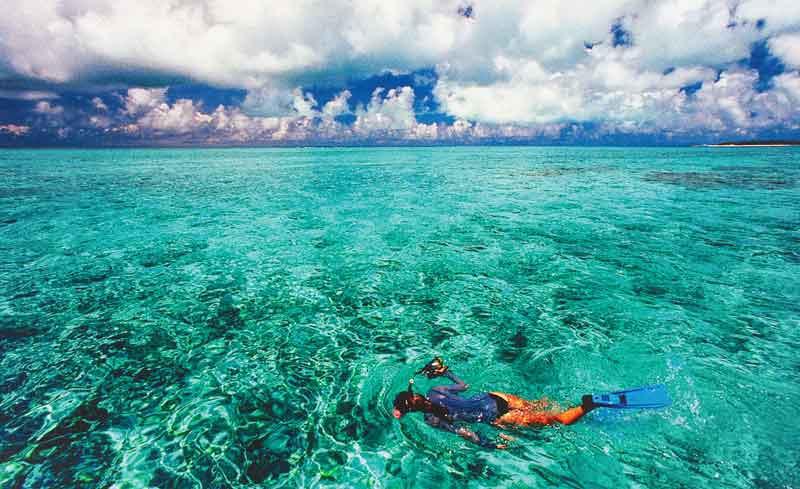About Watermark
The image you see on this site has a watermark overlay on the image and text added to help limit the unauthorized use of Victoria's work. Thanks for your understanding.
Commanding Presence
Grizzly Bear (Ursus arctos)
Her presence commanded a moment of great respect.
The Grizzly Bear’s prominent shoulder hump and their long claws are useful in digging for roots or excavating burrows of small mammals. The musculature and bone structure of the hump are adaptations for digging and for attaining bursts of speed necessary for capture of large mammals for food.
Bear weights vary depending on the time of year. Bears weigh the least in the spring or early summer. They gain weight rapidly during late summer and fall and are waddling fat just prior to denning.
At this time most mature males weigh between 500 and 900 pounds (180-410 kg) with extremely large individuals weighing as much as 1,400 pounds (640 kg). Females weigh half to three-quarters as much. An extremely large Grizzly Bear may have a skull 18 inches long (46 cm) and 12 inches wide (30 cm). Such a bear, when standing on its hind feet, is about 9 feet (2.7 m) tall.
Grizzly Bears have been known to live 34 years in the wild, though this is rare. Usually, old males may reach 22 years. Old females may live to 26. Grizzly Bears have an especially good sense of smell and under the right conditions may be able to detect odors more than a mile distant. Their hearing and eyesight are probably equivalent to that of humans. When bears stand upright, it is not to get ready to charge but to test the wind and to see better.
Mating takes place from May through July with the peak of activity in early June. The hairless young, weighing less than a pound, are born the following January or February in a winter den. Litter size ranges from one to four cubs, but two is most common. Offspring typically separate from their mothers as 2-year olds in May or June. Following separation, the mother can breed again and produce a new litter of cubs the following year.
In the winter when food is unavailable or scarce, most Grizzly Bears enter dens and hibernate through the winter. While in this state, their body temperatures, heart rate, and other metabolic rates are reduced. Their need for food and water is eliminated. Pregnant females are usually the first to enter dens in the fall. These females, with their newborn cubs, are the last to exit dens. Adult males, on the other hand, appear to enter dens later and emerge earlier than most other bears.
© 1996 Victoria McCormick
Shopping Options:
Sizes available:
- 8x10 Faux Matted print. $28.
- 11x14 Faux matted print. $38.
- 8x12 Mini Canvas Gallery Wrap. $185.
- 11x16 Stretched Canvas Gallery Wrap $300.
- 11x18 Watercolor print in a 18x24 presentation Mat. $195.
- 20x30 Canvas or Watercolor Print $1,284.
Prints of this photograph can be purchased by clicking below!
Other print options
-
Canvas and Watercolor Prints available in custom sizes - See ordering page for more information.
- Metal Prints also available - See ordering page for more information.

